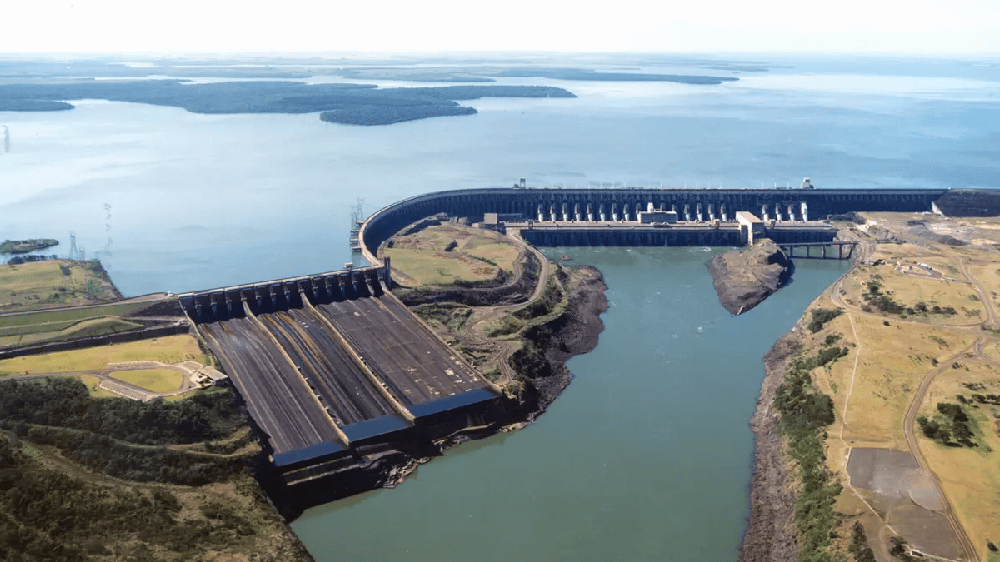11 Civil Engineering Projects That Are Changing the World
Civil engineering is the backbone of modern civilization. From constructing towering skyscrapers to creating lifelines that connect nations, the discipline has continually pushed the boundaries of what humanity can achieve. Today, civil engineering projects are not just about solving problems but about innovating for a sustainable future, reshaping economies, and addressing pressing global challenges.
Here, we explore 11 groundbreaking civil engineering projects that exemplify how creativity and engineering prowess transform our world.
1. The Panama Canal: A Global Trade Lifeline

The Panama Canal, an engineering marvel over a century ago, has been instrumental in reshaping global trade. Spanning 50 miles across the Isthmus of Panama, it dramatically shortens the journey between the Atlantic and Pacific Oceans, saving vessels approximately 15,000 km of travel.
Beyond its strategic importance, the canal handles about 14,000 ships annually, representing nearly 5% of global trade. Its significance continues to grow as it adapts to accommodate larger vessels, cementing its role as a cornerstone of international commerce.
2. The National Stadium: China’s Iconic Bird’s Nest

Known as the Bird’s Nest, the National Stadium in Beijing is a harmonious blend of art and engineering. Designed for the 2008 Olympics and poised to host the 2022 Winter Olympics, it showcases Chinese cultural motifs intertwined with cutting-edge technology.
Constructed from 26 miles of steel, the structure is a visual spectacle and a beacon of sustainability. Its photovoltaic power generation technology underscores how modern engineering can integrate ecological consciousness.
3. Central Park Tower: A Skyscraper for Sustainability

Central Park Tower redefines the New York skyline with its commitment to sustainability. Designed by Adrian Smith and Gordon Gill and engineered by WSP Global, the tower embodies “global environmental contextualism,” harvesting solar, wind, and geothermal energy.
Standing 1,550 feet tall, it is not just a marvel of engineering but a statement about how urban development can coexist with environmental stewardship.
4. High Speed 2 (HS2): The Future of British Rail Travel

The UK’s HS2 project is set to revolutionize rail travel, connecting eight major cities and up to 30 million people. With trains reaching speeds of 224 mph, the journey from Birmingham to London will take just 45 minutes, significantly reducing travel times.
Despite controversies over its cost and environmental impact, HS2 promises to shift millions from road to rail, reducing congestion and greenhouse gas emissions while boosting regional economies.
5. Itaipu Dam: Powering Sustainability in South America

Straddling the border of Brazil and Paraguay, Itaipu Dam is a testament to the power of renewable energy. It provides nearly 90% of Paraguay’s electricity and 10.8% of Brazil’s, all at a fraction of the cost of fossil fuels.
The dam’s operator, Itaipú Binacional, has invested heavily in sustainability, planting over 44 million trees and restoring ecosystems. The dam highlights how large-scale infrastructure can align with environmental preservation.
6. Shanghai Tower: The Pinnacle of Green Building

China’s Shanghai Tower, at 632 meters, is the second tallest building in the world. It is also among the most environmentally friendly skyscrapers, with LEED Platinum certification and innovative features like 270 wind turbines that generate 10% of the building’s electricity.
The tower’s designers claim it reduces its carbon footprint by 34,000 metric tons annually, setting a benchmark for sustainable high-rise architecture.
7. Palm Islands: Dubai’s Engineering Jewel

Dubai’s Palm Islands are the largest man-made islands in the world, symbolizing human ingenuity and ambition. Built using seven million tons of rock from the Al Hajar Mountains, the islands provide luxury living spaces, tourist attractions, and economic resilience.
These islands attract millions of visitors annually and have played a pivotal role in Dubai’s transition to a tourism-driven economy.
8. The Shard: A Sustainable Landmark in London

The Shard, standing 310 meters tall, dominates London’s skyline. Its innovative glass facade reduces solar heat by up to 95%, cutting down on air-conditioning needs and energy use.
Additionally, 95% of the construction materials used were recycled, making The Shard an exemplar of sustainable architecture in a densely populated urban setting.
9. Akashi Kaikyo Bridge: Connecting Japan with Resilience

The Akashi Kaikyo Bridge is the longest suspension bridge in the world, stretching over 3.9 km. Built to withstand extreme weather and seismic activity, it connects Kobe to Awaji Island, providing a safe and reliable route across the treacherous Akashi Strait.
The bridge’s design incorporates counterweights and pendulums to absorb vibrations, ensuring its resilience in the face of natural disasters.
10. Bailong Elevator: Scaling New Heights in China

Nestled in the cliffs of Zhangjiajie, the Bailong Elevator is the tallest and heaviest outdoor lift in the world. Rising 326 meters, it provides an awe-inspiring view of the surrounding mountains and serves as a practical solution for accessing remote hiking trails.
Its construction demonstrates how engineering can blend seamlessly with natural landscapes, offering both functionality and beauty.
11. China-Nepal Railway: Bridging Himalayan Challenges

Still, in the planning phase, the China-Nepal Railway could be one of the most ambitious rail projects ever undertaken. If realized, it will traverse the rugged terrain of the Himalayas, boosting Nepal’s trade by up to 45% and reducing its reliance on India.
The project presents immense engineering challenges, including tunneling through mountains and navigating seismic zones. Its completion would mark a new era in connectivity and economic collaboration.
Conclusion
These 11 civil engineering projects are more than just feats of construction; they are symbols of human determination, ingenuity, and vision. Whether it’s connecting distant lands, redefining cityscapes, or creating sustainable solutions, these projects remind us of the incredible impact engineering can have on our world.
As we face global challenges like climate change and urbanization, these marvels serve as inspiration for a future where innovation and sustainability go hand in hand. They are a testament to what is possible when creativity meets engineering excellence.




















